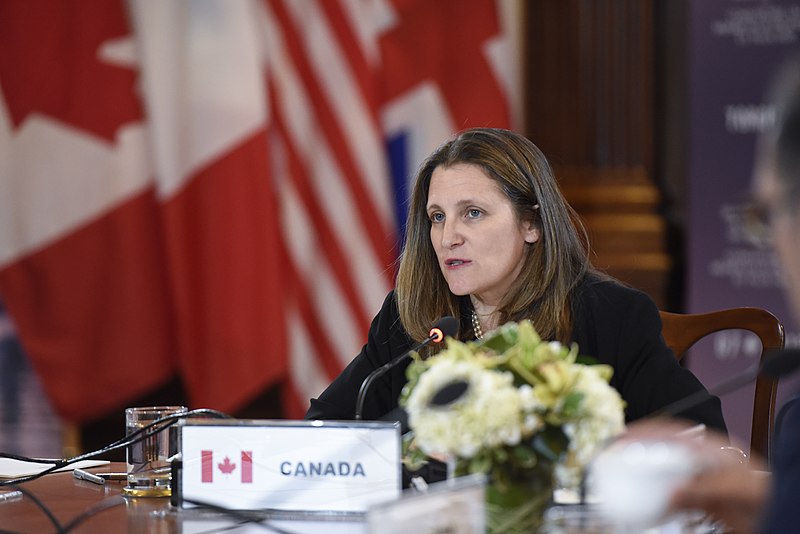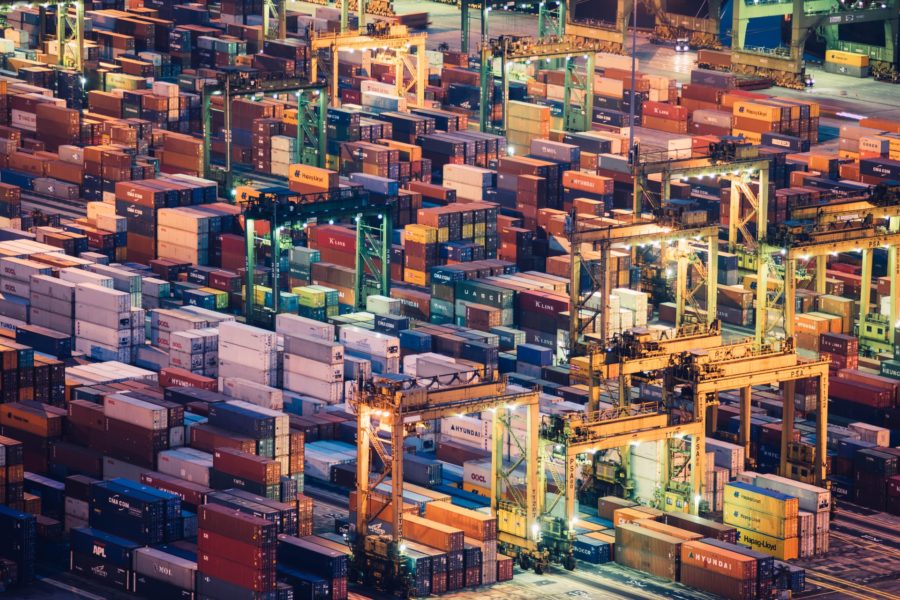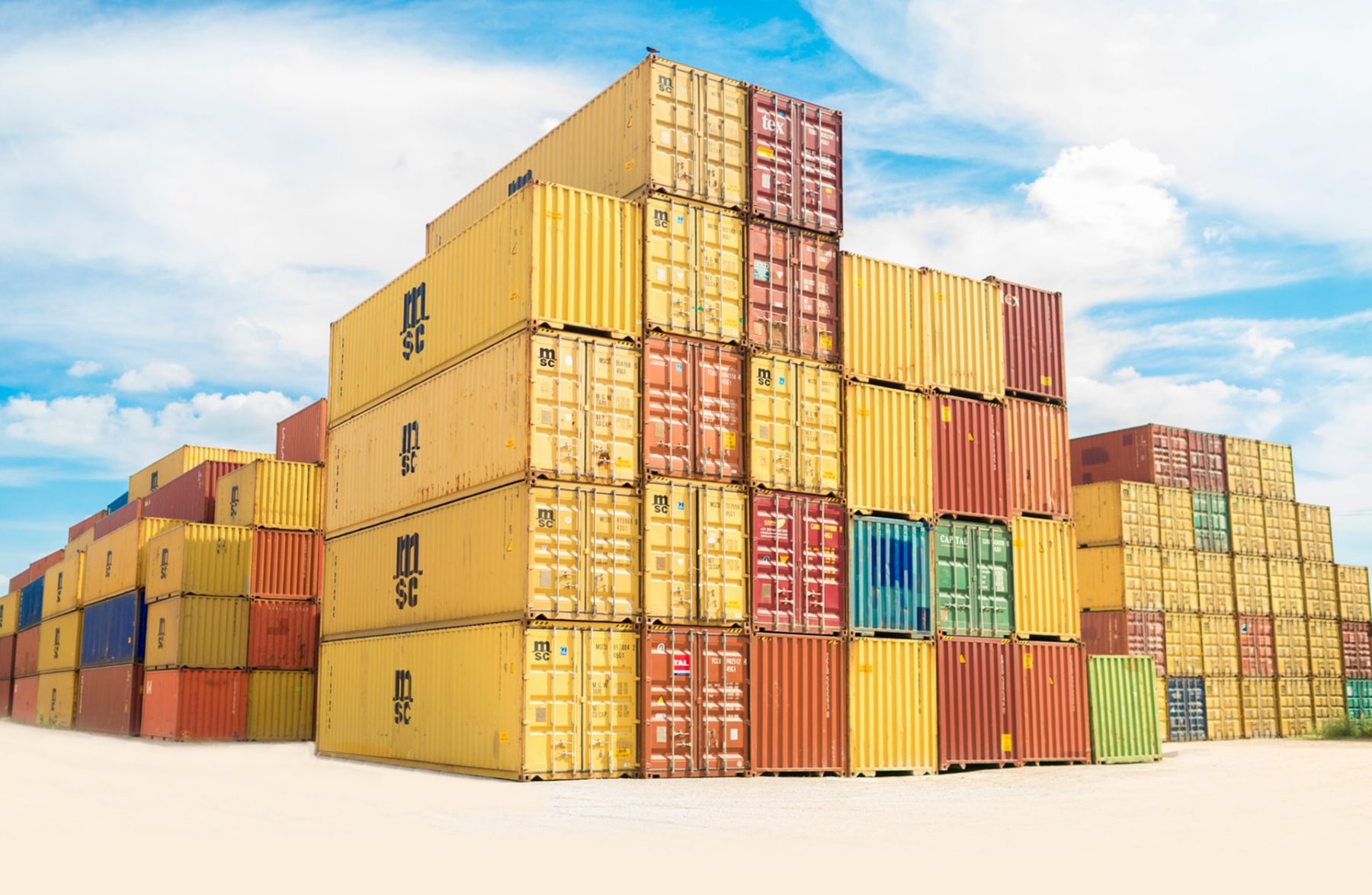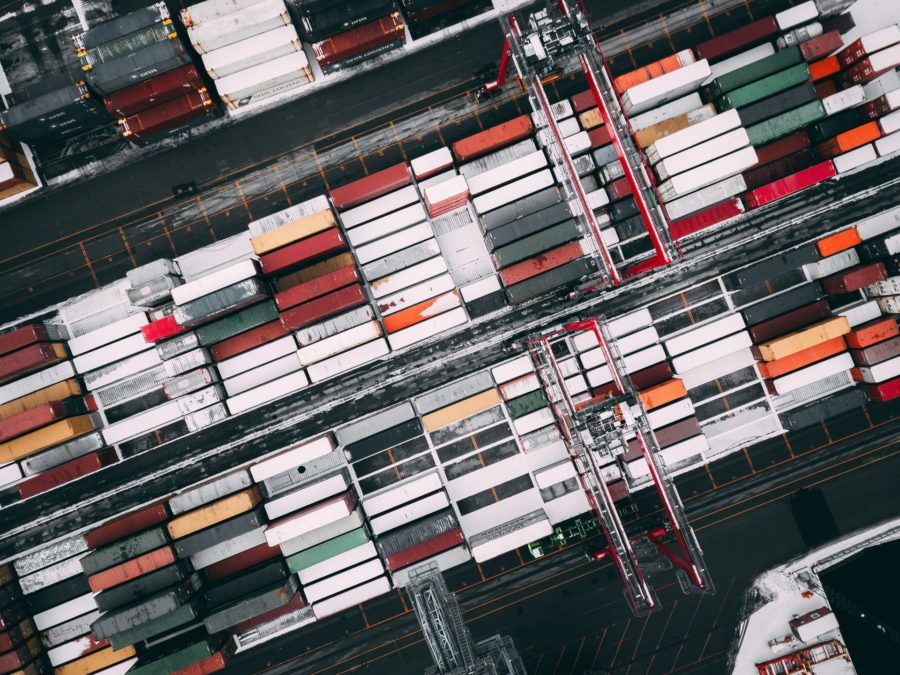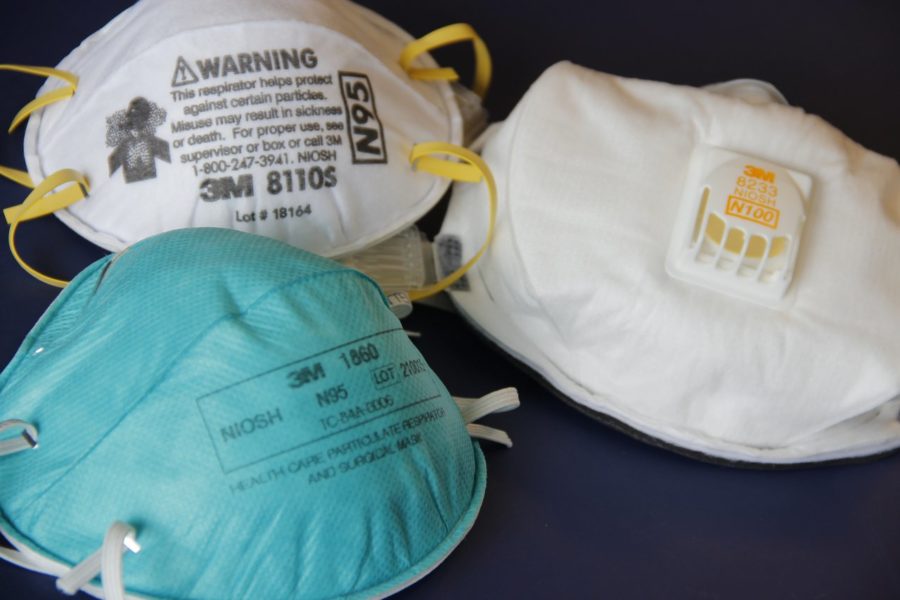Sign up for recent trade news that can affect your business:
August 10, 2020
Montreal Longshore Workers Shutting Down the Port With Strike Action
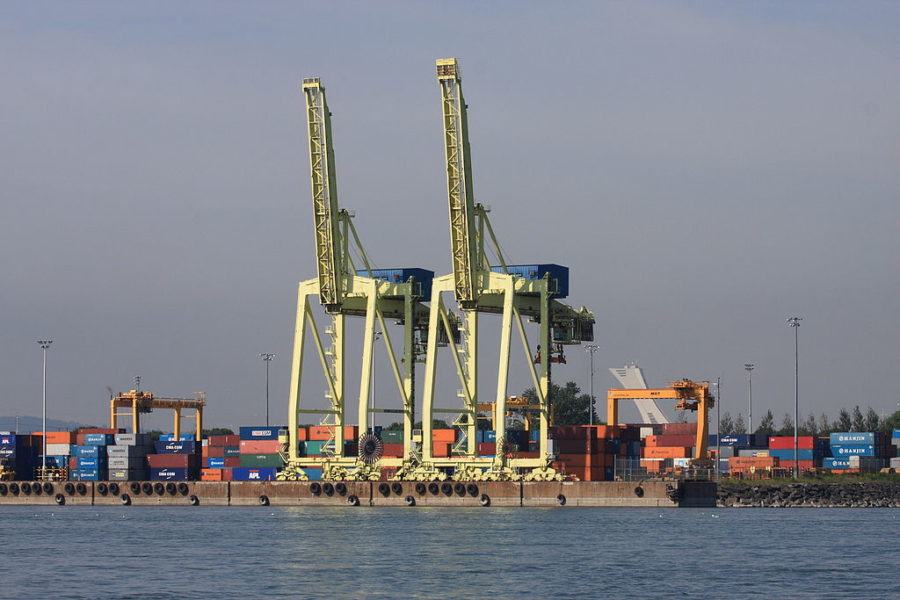
Montreal longshore workers will begin an indefinite strike today, escalating their dispute with employers after two recent four-day strikes that prompted container lines to divert ships from the port.
This indefinite work stoppage will result in the suspension of berthage services normally provided by longshore workers and the handling of goods in the port’s terminals.
Not affected by this situation are liquid bulk handling, the Oceanex service (Bickerdike Terminal) and the grain terminal (Viterra).
The Montreal Port Authority invites clients to contact or consult the websites of operators such as Termont (Viau and Maisonneuve) and MGTP (Cast and Racine) to learn the latest on the situation.
Dockworkers affiliated with the Canadian Union of Public Employees have been joined in their strike actions that will stretch into a third week by the checkers union, an affiliate of the International Longshoremen’s Association. Both ILA Local 1657 and CUPE workers are ending their current strike action Friday morning.
The dispute between port workers and employers centers on the latter wanting more vacation days, equating to higher pay. CUPE is protesting working conditions requiring them to be available 19 of every 21 days. The port longshore workers, who number approximately 1,125, also want greater control of their hiring and how many workers are deployed to work a vessel.
Longshore workers have been without a contract since the end of December 2018, and there have been some 65 sessions of talks to forge a new contract.
Last week, five local employers groups expressed their concern over the economic impact the labour crisis could have on Montreal, and urged the federal and provincial governments to intervene quickly to reduce the fallout a prolonged conflict would inflict.
For any questions about how this may impact your shipments, please reach out to transportation@carson.ca.
(Source: Montreal Gazette)
